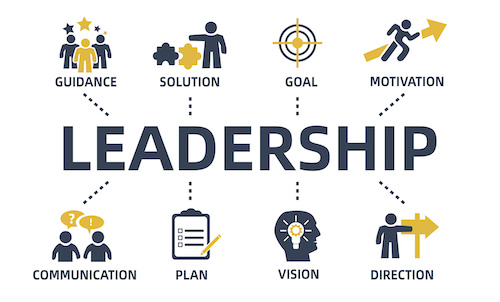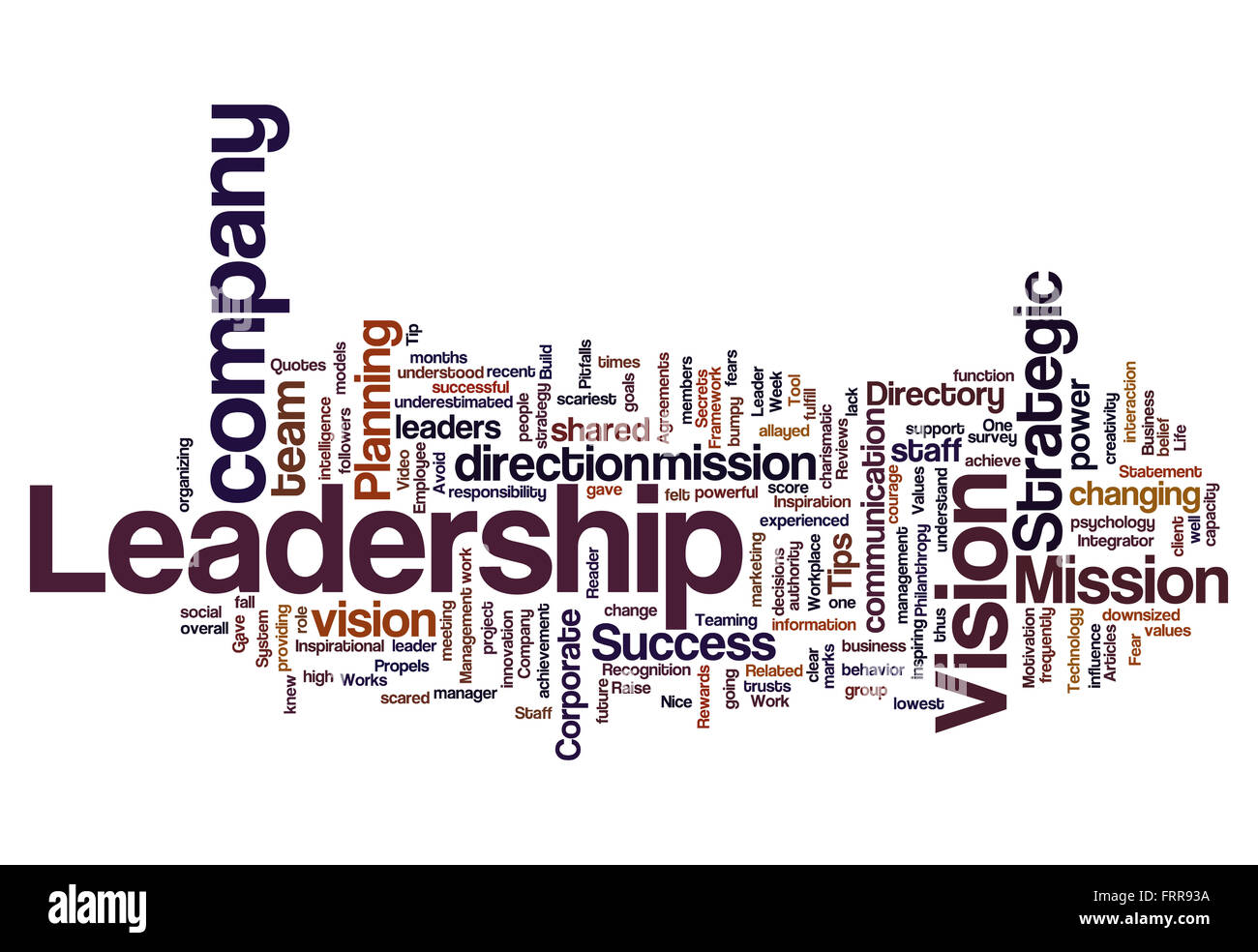Apple Leadership and Vision: The Pillars of Innovation

Apple Inc. stands as one of the most admired and influential companies globally, renowned for its pioneering innovation, customer-centric design, and unparalleled brand loyalty. However, behind Apple’s technological achievements lies a visionary leadership that continually drives the company forward. This article explores Apple’s leadership ethos and vision, offering insights into how they have shaped the company’s journey to success.
The Foundation of Apple’s Vision
Apple’s vision is succinct yet powerful: “To create the best products on earth and leave the world better than we found it.” This ambitious declaration encapsulates Apple’s commitment to excellence, sustainability, and global impact.
Key Elements of Apple’s Vision
- Innovative Design: Apple’s products emphasize simplicity, elegance, and functionality.
- Sustainability: The company strives to reduce its carbon footprint and integrate green practices.
- Customer Empowerment: Apple creates tools that empower users to achieve more.
“We believe that people with passion can change the world for the better,” Steve Jobs once said. This ethos remains embedded in Apple’s corporate DNA.
Leadership at the Core
Tim Cook: A Strategic Leader
Since becoming CEO in 2011, Tim Cook has guided Apple with a strategic focus on operational excellence and environmental responsibility. Under Cook’s leadership, Apple achieved:
– Record-breaking revenue milestones.
– A transition to renewable energy across global operations.
– Expansion into new markets, including wearables and services.

Cook’s leadership style contrasts with the visionary yet demanding approach of Steve Jobs. Cook emphasizes collaboration, inclusion, and long-term planning while preserving Apple’s legacy of innovation.
Steve Jobs: The Visionary Architect
Steve Jobs, Apple’s co-founder, revolutionized multiple industries, including computing, music, and mobile technology. His unrelenting focus on user experience and “thinking differently” set Apple apart.
– He spearheaded iconic products like the iPhone, iPad, and MacBook.
– His ability to foresee industry trends allowed Apple to lead in markets before competitors caught up.
Leadership Principles That Define Apple
Apple’s leadership philosophy rests on several key principles:
1. Relentless Innovation
Apple constantly challenges the status quo. From the introduction of the App Store to the creation of Apple Silicon chips, innovation is the lifeblood of the company.
Internal Link: Learn how Apple’s innovation compares to Google’s approach to technology.
2. Customer-Centric Design
Apple prioritizes the user experience in all aspects of product development. Features like Face ID, Retina displays, and the seamless Apple ecosystem ensure unmatched convenience.
3. Environmental Responsibility
Apple is a leader in sustainability, aiming for carbon neutrality across its supply chain by 2030. Initiatives include:
– Recycling programs like Apple Trade-In.
– Usage of 100% recycled aluminum in some products.
External Link: Explore Apple’s environmental efforts on their official page.
4. Diversity and Inclusion
Apple’s leadership actively promotes diversity within the workplace. The company has made significant strides toward inclusivity, both in hiring practices and product accessibility.
The Impact of Vision on Business Strategy
Apple’s vision influences every facet of its operations, from product development to customer service.
Strategic Focus Areas
- Technological Leadership: Apple invests heavily in research and development to stay ahead of industry trends.
- Brand Loyalty: The emotional connection Apple builds with its customers strengthens brand loyalty.
- Service Ecosystem: Offerings like Apple Music, iCloud, and Fitness+ diversify revenue streams while keeping customers engaged within the Apple ecosystem.

Challenges and Future Outlook
While Apple’s leadership and vision have driven monumental success, challenges remain:
Key Challenges
- Market Saturation: Increasing competition in mature markets like smartphones.
- Global Supply Chain Issues: Ongoing geopolitical and pandemic-related disruptions.
- Balancing Innovation and Profitability: Keeping products cutting-edge while maintaining affordability.
Despite these hurdles, Apple’s strong leadership team and unwavering commitment to its vision position it well for future growth.
FAQs on Apple Leadership and Vision
1. How has Apple’s vision evolved over time?
Apple’s vision has expanded from simply creating great products to incorporating broader goals like sustainability and global impact.
2. What makes Tim Cook’s leadership style unique?
Cook emphasizes operational efficiency, environmental sustainability, and inclusivity, offering a more collaborative approach compared to Steve Jobs.
3. How does Apple ensure innovation remains a priority?
Through significant investment in R&D, partnerships with academic institutions, and fostering a culture of creativity within the company.
4. What role does Apple’s vision play in product design?
The vision ensures all products are user-focused, environmentally friendly, and aligned with Apple’s long-term goals.
Conclusion
Apple’s leadership and vision are the driving forces behind its extraordinary achievements. By blending innovative thinking, customer-centric design, and environmental responsibility, Apple continues to set benchmarks for what a modern tech company can achieve.

As Apple progresses, its leadership principles and visionary goals will undoubtedly inspire the next generation of businesses to think differently and act boldly.
Embrace Apple’s leadership lessons in your organization to foster innovation and purpose-driven success!

